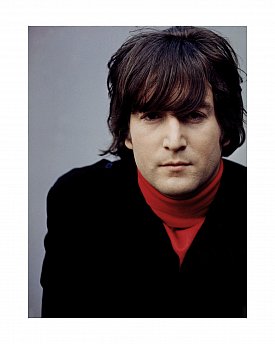Graham Reid | | 1 min read

When John Lennon wrote Help! in early 1965 (“and now my life has changed in oh so many ways, my independence seems to vanish in the haze”) he was feeling trapped by Beatlemania and the fame he had sought.
As he would always say, it was true what he said in the lyrics, it was cry for help.
And with that one song, more than any other to that point, he began to realise the artist is a valid subject for the art.
It was a position he would increasingly adopt, as he did on In My Life which appeared on the Rubber Soul album of later that same year.
Here Lennon, still only 24 but being reflective about what had been lost in his life, managed to couch memories of friends and lovers, and people and places which went before, into a love song.
It went almost unnoticed that he included “lovers” in there, a very adult description in pop culture at the time when there was still a lot of boy/girl innocence about.
Lennon had written quiet and reflective songs previously. But unlike You've Got Hide Your Love Away (on the Help! album) and Norwegian Wood (also on Rubber Soul), this song bore no trace of Dylan's folk influence.
On paper the words read more like prose than song lyrics where the rhymes are internal or subtle, nowhere near as obvious as “here I stand, head in hand” or “she showed me her room, isn't it good, Norwegian wood”.
Lennon was stretching himself in the song's construction with a conversational tone and long lines where such rhymes as there are, are delayed.
If Rubber Soul was the album which helped them put Beatlemania behind them it was because of songs like this which, not only was mature but had a sophisticated sound. Rather downbeat and wistful, and of course with that unusual and certainly unexpected instrumental break.
It is widely known now that it was George Martin who played the piano and then sped up the tape, but at the time many thought it was the sound of a harpsichord.
Martin tried out a passage on organ first but then moved to electric piano and recorded it at half speed.
The result was an outstanding song which was both personal and inclusive, and had no connection with the band's more familiar upbeat pop style.
Here's a walk through some of the demos for In My Life.
.
Take 2 with organ
.
Take 3 with electric piano solo
.
Take 3 piano overdub sped up
.
With alternate solo part





post a comment